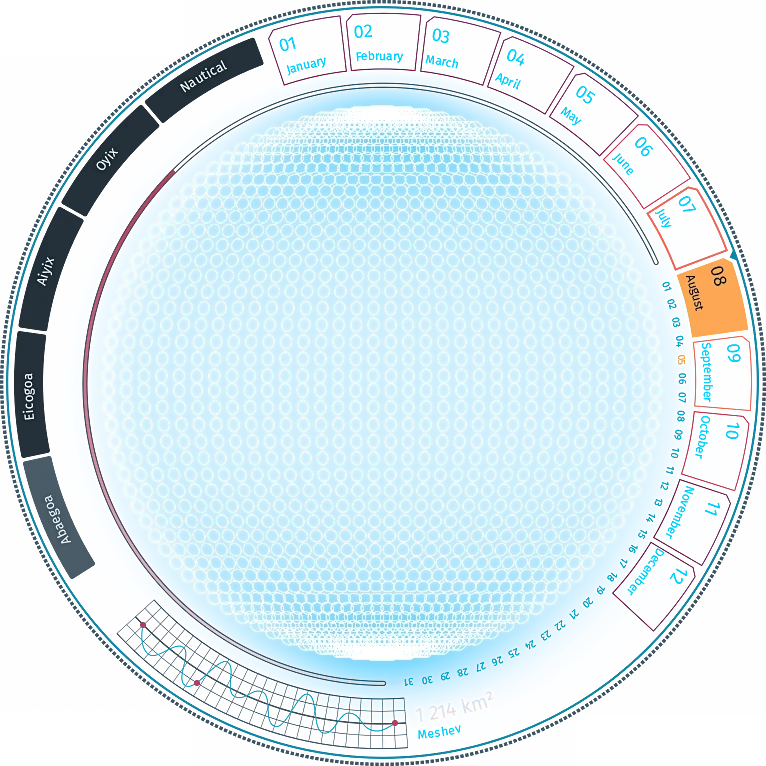Pallua Island (pʊˈlua)
Pallua Island is the ancestral homeland of the Ingosha. For centuries, it has been the dominant trading and mercantile player in the world.
Ecosystem
This climate is characterized by warm, dry summers and mild, rainy winters. The total yearly rainfall is roughly 25-50 cm, with the majority of it falling during the winter months. The average monthly temperature in this biome is frequently higher than 20°C in the summer, while it seldom freezes in the winter. In the wild, the soil of Pallua Island is nutrient poor.
The dry summers and rainy winters have a significant impact on the vegetation, which is characterized by low, woody, evergreen plants with small, hard leaves that are adapted to withstand summer draughts. Palluan vegetation is vital as a habitat for a diverse range of wild and domestic animals. The number of endemic vegetal species on Pallua Island is especially significant, accounting for almost half of the total number of plants living in this environment.
Localized Phenomena
Fires are common and natural in this region, because the summer climate is dry. Fires can be caused by spontaneous combustion or by a lightning strike during a summer storm. Because of the numerous fires, the vegetation contains many fire-resistant species, such as cork oaks, as well as plants whose germination is even promoted by fires or plants that rebound quickly after fires. Animals have adapted to living in a variety of settings and can swiftly repopulate freshly burned areas.
Fauna & Flora
Wild boars, roe deer, deer, squirrels, wolves, foxes, badgers, rodents, tortoises, lizards and many species of birds.
Holm oaks, arbutuses, olive trees, laurels, carob trees, pine trees, junipers, cypresses and others; shrubby plants such as rock roses, mastic trees, myrtle and rosemary
Natural Resources
- Cereals, pulse vegetables, fruit trees, and salads are among the key plants farmed in the region. The most important products of Pallua Island, on which the economy is built, are oil and wine.
- Carob trees can be used to prevent soil erosion, maintain soil, and reclaim land. Because plants grow slowly, the wood is primarily used for firewood and craft purposes. Heather log is a type of wood that is used to manufacture pipes.
- Ugava trees are a native arboreal species that is frequently grown in the region and has a significant economic impact on its residents.
- Cork oak forests are highly rich in flora and wildlife. The native flora, in particular, which is rich in fragrant and medicinal plants, may improve the value of cork oaks. Many vegetal species growing in these forests provide excellent resources to bees due to their variety and long flowering time. Cork is only obtained from tree trunks.
- Palluan honey is one of the most sought-after honeys, hence honey production is critical.
- Rosemary is frequently found in brush near the shore. The entire plant secretes a type of oil with a pleasant resinous aroma that can be utilized in cooking or perfumery. Its twigs steeped in alcohol can be used to relieve joint and muscle discomfort.
- When crushed or ground, Myrtle leaves emit a pleasant orange-like aroma and are used to make essential oil, which is utilized not just in perfumery but also in medicine for its balsamic and disinfecting properties. As a toiletry, distilled myrtle water is utilized.
- Pine trees are primarily farmed for their nuts and timber: pine nuts are utilized in confectionary and traditional meals. Pine nut resin is used to make tar and pitch, and pine wood is used to make beams and in shipbuilding. The tree is also utilized in the production of cellulose pulp.
History
The formation of this region's ecological and geographical complexity was triggered by geological phenomena such as the opening of massive fissures, volcanic activity, and the elevation of coastal areas. This phase accelerated the spread of salt-tolerant plants and the advent of small and sparse species whose tolerance to specific conditions allowed them to develop quickly. Because all records from this time period have been lost, it is unknown when it occurred.
Tourism
The climate and beauty of this ecosystem attract numerous visitors, especially during the warmer months. The tourism industry is growing to the point where it may pose a threat to the environment.



Comments